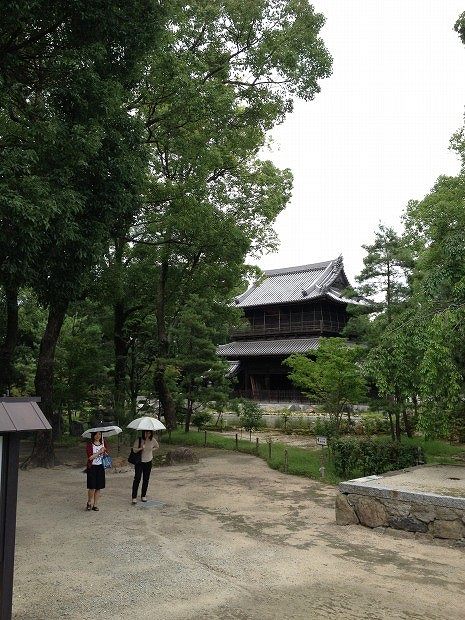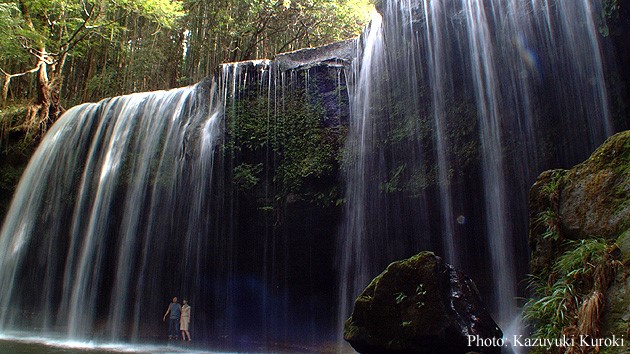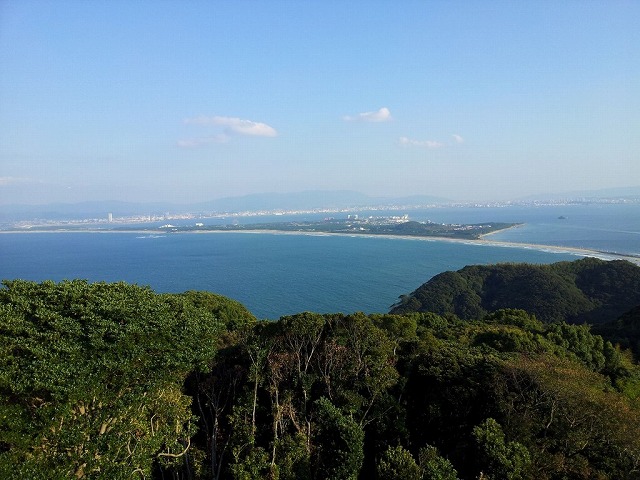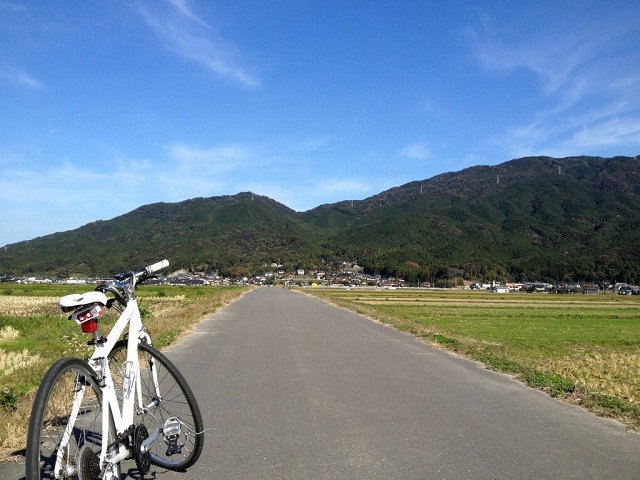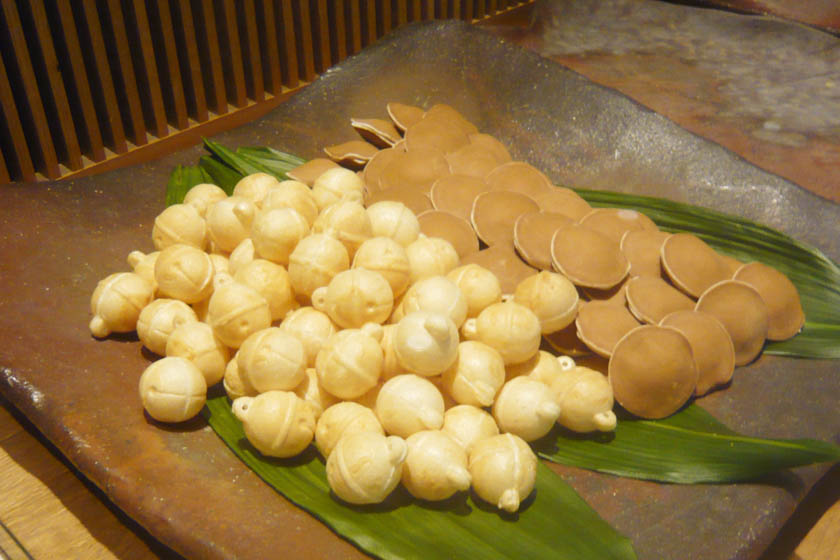Last Updated on 2021/06/18
The Shimabara Peninsula is located in the southwest of Nagasaki Prefecture. There are many places to enjoy besides Unzen.
The highlight of Unzen is walking around hot springs on the well- maintained promenade. This place is called Unzen Jigoku (Jigoku means hell) because of the sulfuric smell and the steam and hot air spewing out of the ground. You can put your feet on the ground and enjoy the geothermal heat. There is the Unzen Jigoku Kobo where hot spring eggs steamed with steam are sold, and Unzen Jigoku Looking Place, which serves as a resting place. All of them create an open atmosphere that is far from the image of hell.
This time, our hotel in Unzen is called Miyazaki Ryokan. It is a long-established ryokan (Japanese style inn) and is located right next to Unzen Jigoku. It is a beautiful Japanese garden and is a relaxing place. We soaked in a sulfur-scented hot spring, which healed our fatigue. The dinner we had in our room with attentive hospitality was very satisfying and made us feel happy.
Nita Pass
The next day we went to Nita Pass, about a 20-minute drive from Unzen. It is a place where you can enjoy magnificent nature in all seasons, such as Miyama Kirishima in spring, Yamaboshi in summer, red leaves in autumn, and the foggy ice in winter. From the parking lot, you can climb to the top of Myoken by a ropeway. It is 1080 meter high. Mt. Fugen and Mt. Heisei Sinzan can be seen from the observation deck, and it is said to be one of the best spots in Kyushu to see the autumn leaves turning the whole mountain red.
Castle Town Shimabara
We headed for the castle town of Shimabara. The center of Shimabara is within walking distance of Shimabara Castle, the ruins of samurai residences, and the town of swimming carp. Blessed with abundant water, Shimabara has as many as 60 spring water points. Water rates are very cheap in Shimabara.
The stone walls of Shimabara Castle are still intact from 400 years ago. The moat around it is filled with many lotus flowers. Inside the castle tower, there are exhibits of Hidden Christians and local materials. You will be greeted by people dressed as “Simabara Casle Warriors in old days”. You can also take pictures of yourself dressed as a warlord or ninja. In a corner of the castle, there is the “Seibo Memorial Hall” of Seibo Kitamura, the creator of the “Peace Memorial Statue” installed in Nagasaki Peace Memorial Park. His sculptures can also be seen on the bridges over the Ote River, which runs through the city.
Near the castle, there are ruins of samurai residences. You can see the inside of three samurai residences that face the street where a waterway runs. The canal, which was once used for domestic water, and the stone walls in the vicinity still remind us of the era of the feudal government.
A town blessed with an abundance of water
There is a place in Shimabara where carps swim in the open waterway where the old town is still standing. This is about a 10-minute walk from Shimabara Castle. It is one of the symbolic spots of the town of water as the colored carps swim freely in the canal.
There is a nice restaurant called Hoju. The recommend items from the menu are Gamba sushi (pressed fugu sushi) and Guzoni with a Kanzarashi dessert. Guzoni is Shimabara’s famous gourmet soup with 13 different ingredients such as rice cakes, vegetables and chicken. Kanzarashi is also a Shimabara specialty, a white ball dumpling eaten with sweet syrup. You can enjoy a delicious Shimabara specialty with the reasonable price.
The Spring Garden Shimabara is also in the same area and is a nice place. When you get tired of walking, you can relax and have a cup of tea while sitting on the floor and it feels as if you were floating on the water. There is also another spring garden in the nearby arcade area. The second floor is decorated with a surprising number of cat figurines. Some people call it the Cat House.
Gamadasu Dome
After walking around Shimabara, we went to Gamadasu Dome (Unzen Disaster Memorial Museum), which is about 10 minutes away by car. Gamadashu means “to do one’s best” in the dialect of this region.
The Mt. Fugen-dake eruption in 1990 and the subsequent lava flow that followed it caused serious damage to Shimabara. These buildings were built at the site of the eruption and the subsequent lava flow into the sea. In April 2018, it was renovated as a place where visitors can learn about a wide range of topics, from volcanoes to disaster prevention to geoparks, while keeping the wonders of nature and warning of disasters alive for future generations.
The Shimabara Peninsula was created by a volcanic eruption long ago. While you can enjoy hot springs and beautiful mountain scenery, you can also learn at the Gamadasu Dome that nature can sometimes bring about major disasters and how the people recovered after it.

